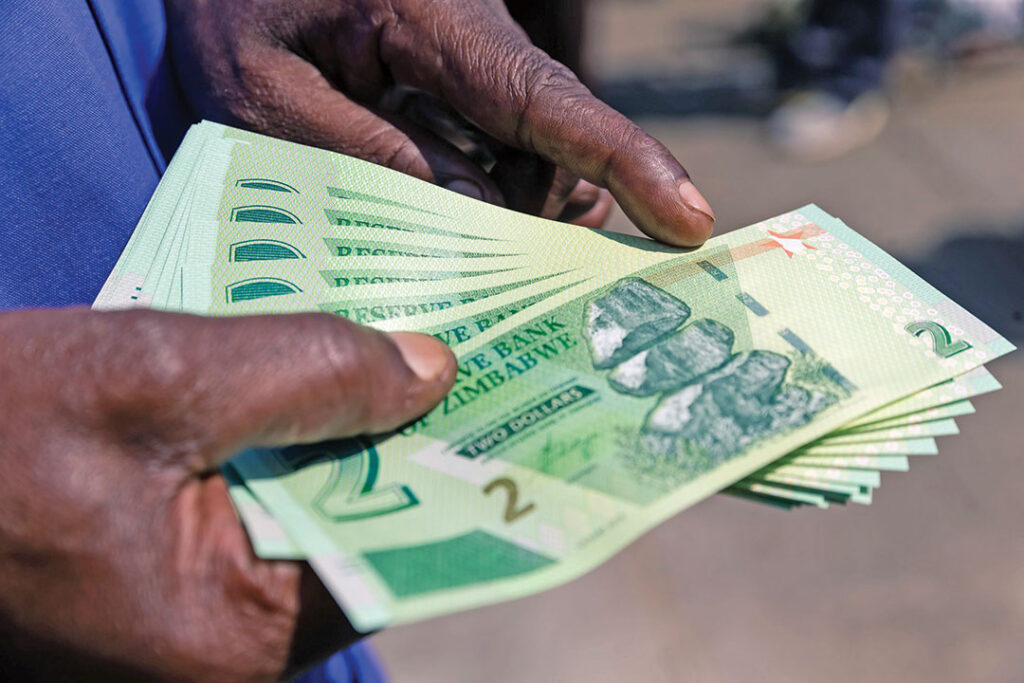BBC NEWS AT BBC.CO.UK/NEWS
Queues have formed outside banks in Zimbabwe as people hope to get hold of the country’s first Zimbabwe dollar notes issued since 2009.
The currency was scrapped a decade ago because hyperinflation caused prices to double almost daily.
Zimbabwe’s central bank hopes the new notes will ease a severe cash shortage as the country suffers a deepening economic crisis. The bank has played down fears that the move will fuel further inflation. Inflation in Zimbabwe reached 300% in August 2019 — the highest rate in the world.
The Reserve Bank of Zimbabwe insists that the 2- and 5-Zimbabwe dollar notes will not increase the overall money supply. The cash is supposed to replace money that was stored electronically.
After the country scrapped its own currency in 2009, Zimbabweans relied on U.S. dollars, South African rand, other foreign currencies, bond notes, and an electronic currency called the the Real Time Gross Settlement (RTGS) dollar.
The banks limited the number of dollars each customer could withdraw. In 2016, the government introduced the bond notes and coins, which were supposed to be equivalent to the U.S. dollar, to make up for the dollar cash shortage. But no one had faith that they were equivalent in value and, on the black market, bond notes lost value against the U.S. dollar.
In February 2019, the government introduced the RTGS dollar, which was described as a new currency, but it only existed electronically. U.S. dollars and other foreign currencies were banned later in the year by the central bank, citing the need to return to normality.
The government says the new notes will ease the cash shortage that has seen most people unable to withdraw their pay and savings.

